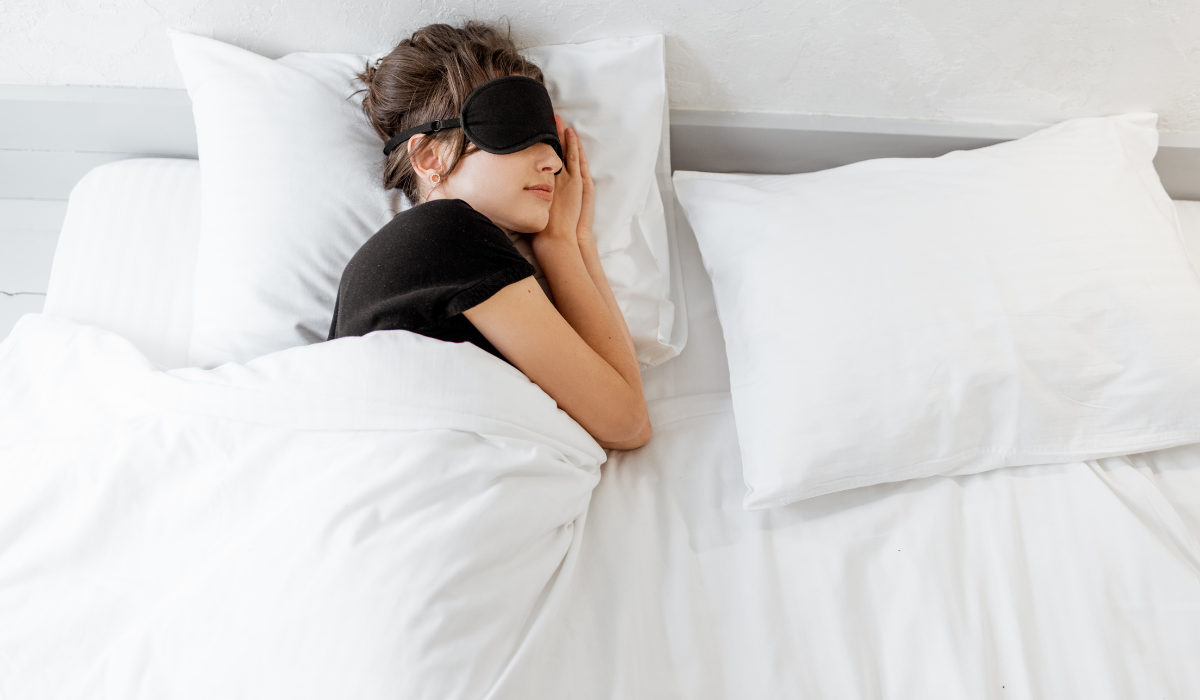How to Sleep with Lateral Pelvic Tilt

Lateral pelvic tilt is a condition in which the pelvis is tilted to one side, resulting in an uneven distribution of weight on the hips and legs. This can lead to discomfort and pain in the lower back, hips, and knees. One of the most common complaints of people with lateral pelvic tilt is difficulty sleeping. In this article, we will discuss how to sleep with lateral pelvic tilt and provide you with tips on how to improve your sleep quality.
What is Lateral Pelvic Tilt?
Lateral pelvic tilt is a postural misalignment that occurs when one hip is higher than the other, causing the pelvis to tilt to one side. This can be caused by a variety of factors, including muscle imbalances, leg length discrepancies, scoliosis, or poor posture. Symptoms of lateral pelvic tilt include lower back pain, hip pain, knee pain, and poor balance.
Why is Sleeping with Lateral Pelvic Tilt Difficult?
Sleeping with lateral pelvic tilt can be difficult because it can cause discomfort and pain in the lower back, hips, and knees. This can make it difficult to find a comfortable sleeping position and can lead to a restless night’s sleep. Additionally, sleeping in a position that exacerbates lateral pelvic tilt can worsen the condition over time.
Tips for Sleeping with Lateral Pelvic Tilt
- Use a Supportive Mattress and Pillow
Using a supportive mattress and pillow can help to reduce pressure on your hips and lower back, which can help to alleviate discomfort and pain associated with lateral pelvic tilt. A medium-firm mattress and pillow that conforms to the shape of your body can provide optimal support and help to maintain proper spinal alignment while you sleep.
- Sleep on Your Back
Sleeping on your back can help to reduce pressure on your hips and lower back, which can help to alleviate discomfort and pain associated with lateral pelvic tilt. Placing a pillow under your knees can help to maintain proper spinal alignment and reduce tension in your lower back.
- Use a Body Pillow
Using a body pillow can help to support your hips and lower back, which can help to alleviate discomfort and pain associated with lateral pelvic tilt. Place the body pillow between your knees while sleeping on your side to help maintain proper spinal alignment and reduce tension in your lower back.
- Stretch Before Bed
Stretching before bed can help to loosen tight muscles and improve flexibility, which can help to alleviate discomfort and pain associated with lateral pelvic tilt. Try stretching your hip flexors, glutes, and lower back before bed to help improve your sleep quality.
- Use Heat or Ice Therapy
Applying heat or ice therapy to your hips and lower back can help to reduce inflammation and alleviate discomfort and pain associated with lateral pelvic tilt. Use a heating pad or ice pack for 15-20 minutes before bed to help improve your sleep quality.
- Avoid Sleeping on Your Stomach
Sleeping on your stomach can worsen lateral pelvic tilt by putting pressure on your hips and lower back. Avoid sleeping on your stomach to help improve your sleep quality and reduce discomfort and pain associated with lateral pelvic tilt.
- Seek Professional Help
If you are experiencing chronic pain or discomfort associated with lateral pelvic tilt, seek professional help from a physical therapist or chiropractor. They can provide you with a personalized treatment plan to help alleviate your symptoms and improve your sleep quality.
Try Different Sleeping Positions
When you have a lateral pelvic tilt, finding a comfortable sleeping position can be a challenge. However, trying different positions can help you find the one that works best for you. Here are a few options to consider:
- Sleeping on Your Back
Sleeping on your back is generally considered the best position for spinal alignment. To do this with a lateral pelvic tilt, you may need to place a pillow under your knees to help support your hips and lower back. This can help keep your spine in a neutral position.
- Sleeping on Your Stomach
Sleeping on your stomach is generally not recommended for those with a lateral pelvic tilt, as it can exacerbate the tilt and cause more discomfort. However, if you find this position comfortable, try placing a pillow under your hips to help keep your spine in a more neutral position.
- Sleeping on Your Side
Sleeping on your side can be a good option for those with a lateral pelvic tilt, but it’s important to keep your spine aligned. To do this, place a pillow between your knees to help support your hips and keep your spine straight. You may also want to place a small pillow under your waist to help support your lower back.
Conclusion
Sleeping with lateral pelvic tilt can be difficult, but there are ways to improve your sleep quality and reduce discomfort and pain associated with the condition. Using a supportive mattress and pillow, sleeping on your back, using a body pillow, stretching before bed,
RECENT ARTICLES
